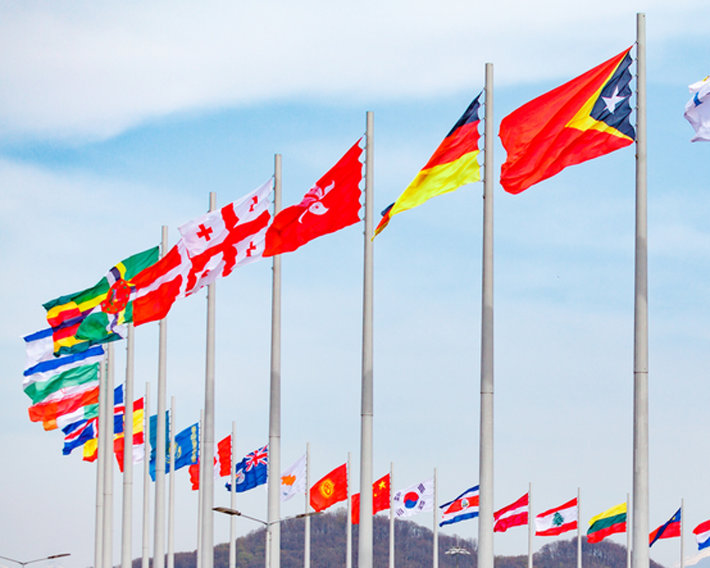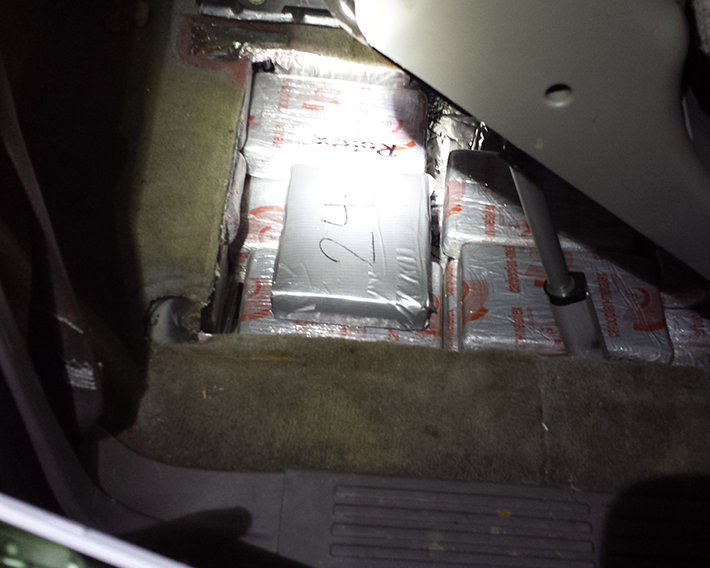New Afghan Rehab Centers Emerging for Entire Populations

Most Americans know of Afghanistan primarily as being the country that our military invaded in November of 2001 in the wake of the September 11 terrorist attacks. Osama bin Laden and his al Qaeda network of terrorists were being harbored there by the fundamentalist Islamic government known as the Taliban. The mission for U.S. and NATO forces over the past 12 years there has been to wipe out the Taliban and to leave the country as a stable democracy.
What many Americans do not realize about Afghanistan is the fact that it is far and away the leading producer of opium across the globe. Afghani farmers have for many generations grown poppies for the purposes of extracting opium, but in recent years the nation has ascended to the infamous status of the number one opium supplier in the world. In fact, the Taliban were able to nearly eradicate the poppy production while they were in power, but the flower sprang back up in the fields as soon as they had been displaced and Afghanistan now accounts for around 90% of all the opium produced in the world. The New York Times reported in April that opium production is up for the third year in a row in Afghanistan and that the opium trade in that country is a larger part of the national economy than cocaine trafficking has ever been in Colombia or Bolivia. Afghanistan is now being branded as “the world’s first true narco-state.”
Not all of the opium produced in Afghanistan makes it out of the country. A large percentage of people across Afghanistan opium or other drugs and are full-blown addicts. According to statistics published by the United Nations Office of Drugs and Crime, more than 1 million of the 35 million people in Afghanistan are drug addicts — a shocking figure in light of the fact that the U.S. is considered to have a major drug problem with 22 million out of 313 million Americans being addicted. Drug addiction is an even greater problem among certain groups in Afghanistan. Stars and Stripes recently carried a report on the issue, stating that nearly half of the current members of the Taliban are thought to be addicts. This is true despite the fact that drug use is strictly forbidden by Islamic law. So great is the addictive power of opium and its derivative heroin that many who try the drug end up hooked. To make matters worse, the religious prohibition and the stigma associated with drug use commonly leaves addicts being treated like criminals and feeling like they have no way to seek the help they need.
Drug Rehab Centers for Opium Addicts of All Ages in Afghanistan
One group that is trying to change the situation and make it easier for drug-addicted Afghanis to get help is the Welfare Association for the Development of Afghanistan (WADAN). The organization currently operates drug rehab centers and associated programs in all of the 34 provinces of Afghanistan, with intensive courses of treatment that run for 45 days at a time.
Some of the WADAN drug rehab centers treat only male patients, while others cater exclusively to women. What is startling to learn is the fact that many of the patients who come in for treatment are children. The opium-addicted children are not, for the most part, kids who got hooked on the drug after trying it recreationally. Instead, opium’s widespread availability in Afghanistan, coupled with the ignorance of many parents, leads to many children being given the drug as a way to relieve headaches or stomach aches, to reduce the symptoms of a cold or for other such commonplace purposes. The parents do not realize they are playing an active role in turning their children into drug addicts, and are thankful to be able to send their children to the WADAN rehab centers to quit. As more and more opium-addicted Afghanis get clean and sober through rehab, it can be hoped that there will be a shift in the national opinion on the poppy trade and that the people of Afghanistan will put an end to their work in providing most of the worldwide supply of one of the most addictive and dangerous drugs known.


 ®
®